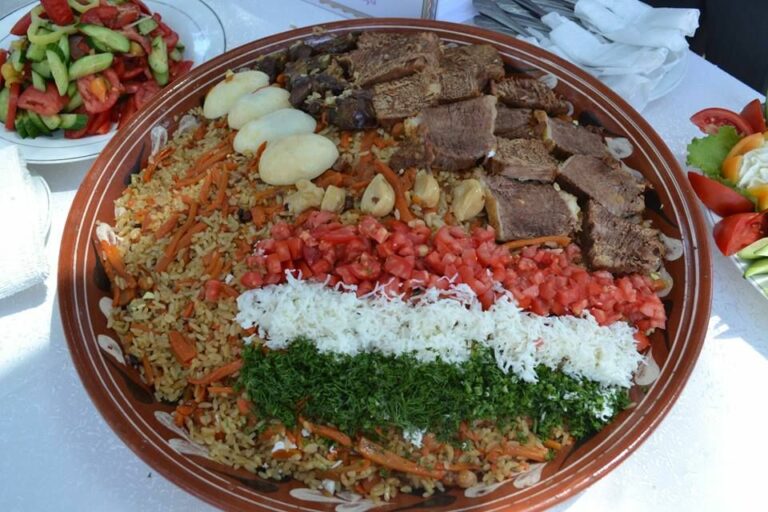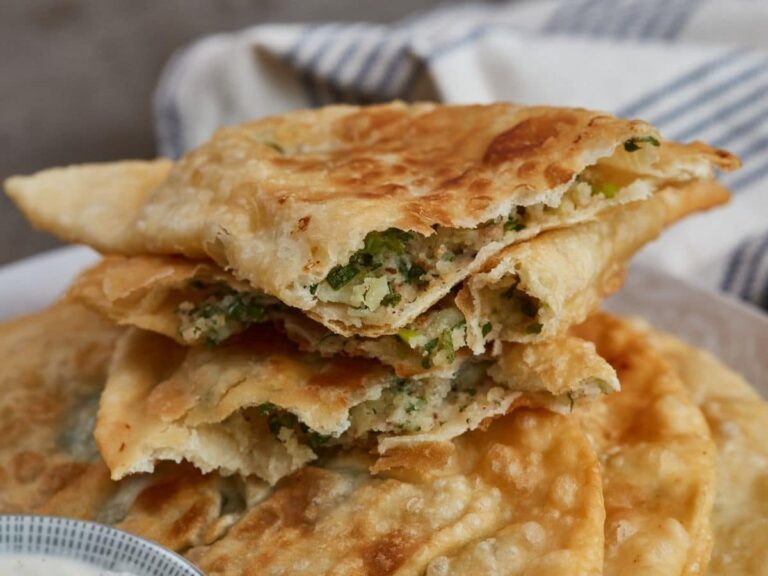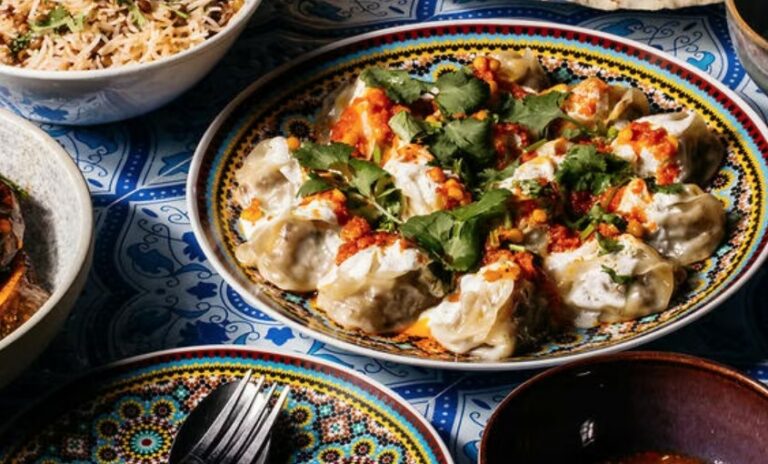Introduction: The Intersection of Tajik and Afghan Cuisine
The culinary traditions of Tajikistan and Afghanistan share a rich history and cultural heritage. Both countries have been influenced by the Silk Road trade route, which brought a variety of spices and ingredients from East Asia, India, and the Mediterranean. As a result, their cuisines have many similarities, such as the use of rice, lamb, yogurt, and vegetables. However, there are also distinct differences that reflect the unique flavors and cooking techniques of each country.
The Shared Historical and Cultural Ties of Tajik and Afghan Cuisine
Tajikistan and Afghanistan share a common history that dates back to the Persian Empire. The Tajik people are descendants of the ancient Persians, while the Pashtun and Hazara tribes in Afghanistan have also been shaped by Persian culture. As a result, both cuisines have been influenced by the Persian culinary tradition, which emphasizes the use of aromatic herbs, spices, and fruits. Some of the key ingredients in Tajik and Afghan cuisine include cumin, coriander, cardamom, saffron, mint, and rosewater.
The Role of Spices and Herbs in Tajik and Afghan Cuisine
Spices and herbs play a crucial role in both Tajik and Afghan cuisine, adding depth and complexity to dishes. Some of the most commonly used spices in Tajik cuisine are cumin, turmeric, and paprika, which are often used to season meat and vegetables. In Afghan cuisine, the use of ginger, garlic, and chili peppers is more prevalent, giving dishes a spicy kick. Herbs such as coriander, parsley, and dill are also used in both cuisines, adding fresh flavors to soups, stews, and salads.
The Influence of Afghan Cuisine on Tajik Plov and Qabuli Pulao
Plov and Qabuli Pulao are two signature dishes in Tajik cuisine that have been influenced by Afghan cooking. Plov is a rice dish that is typically made with lamb or beef, and is flavored with onions, carrots, and cumin. Afghan Qabuli Pulao is similar to plov but includes raisins, nuts, and carrots. In Tajikistan, the addition of raisins and chickpeas to plov is a nod to Afghan culinary traditions, which emphasize sweet and savory flavors. The use of lamb in both dishes is also a reflection of the region’s nomadic heritage.
The Ways in Which Afghan Cuisine Has Influenced Tajik Soups and Stews
Afghanistan is known for its hearty soups and stews, which are often made with legumes, vegetables, and meat. Tajik cuisine has also incorporated these flavors in dishes such as shurbo, a soup made with beans, potatoes, and carrots, and qurutob, a stew made with yogurt, bread, and meat. The use of yogurt in Tajik cuisine is another influence from Afghan cooking, where yogurt is a common ingredient in sauces and marinades.
The Future of Tajik and Afghan Cuisine: An Ongoing Culinary Conversation
As Tajikistan and Afghanistan continue to evolve and modernize, their culinary traditions will also continue to adapt and change. However, the shared history and cultural ties between the two countries ensure that their cuisines will remain intertwined. Chefs and home cooks alike are experimenting with new techniques and ingredients, while also honoring the traditional flavors that make Tajik and Afghan cuisine unique. The ongoing culinary conversation between these two countries promises to produce delicious and exciting new dishes for years to come.










